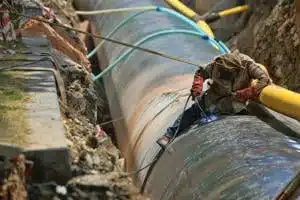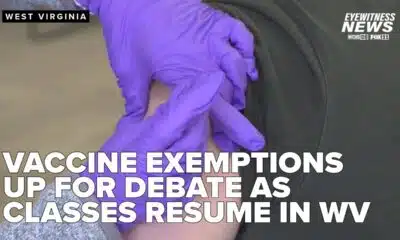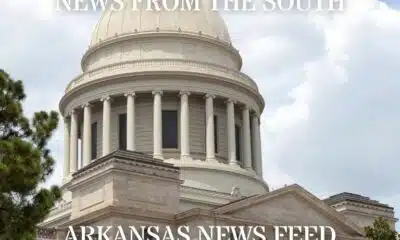(The Center Square) – West Virginia State senators have introduced two bills targeting harm reduction in the state.
The proposed legislation would make on-site methadone treatment programs illegal as well as outlaw needle exchange programs intended to reduce the spread of infectious disease among intravenous drug users.
For those who work in the field of harm reduction, a step forward for these bills would be a major step backward in confronting the crisis.
One harm reductionist who asked not to be named due to the sensitive state of government funding, told The Center Square, “People will die, and it will impact Black communities and low-income the most.”
He added, “Methadone is bottom line the gold standard for treatment and reduces overdoses by at least 50%,” saying the treatment is effective “especially when used as an overdose reduction tool.”
The bills’ prime sponsor, Sen. Eric Tarr, R-Putnam, called methadone clinics “just another form of drug dealing,” in a report from WOWK 13 News.
West Virginia has the highest overdose mortality rate in the country. In 2022, the CDC reported 80.9 deaths per 100,000 people. This represents 1,335 lives.
Communicable diseases spread rapidly among populations of drug users who share needles, adding further cost and health care burdens to the state. West Virginia is home to more than 20,000 people living with Hepatitis C and more than 2,000 diagnosed with HIV per amFAR’s Opioid and Health Indicators Database.
An end to syringe exchanges would impact 14 programs in 12 counties, a concern for infectious disease specialists. The state is home to 28 of the country’s 220 most vulnerable counties flagged by the CDC for HIV and Hep C outbreaks.
Johns Hopkins University conducted a study in one of those vulnerable communities, Cabell County, which borders both Ohio and Kentucky. Surveys found more than 1,800 intravenous drug users in the county, the majority of them being unemployed white men under the age of 40. Most lived with hunger, most had tried to quit and most had used syringe exchange programs.
SB 204 would call for clinics to stop distributing methadone immediately and allow 120 days for the clinics to assist in transferring patient care to other programs while wrapping up administratively. Those who violate the law would receive fines of $2,500 daily.
SB 203 would follow the same model, calling for the immediate end to clean syringe distribution. Harm reduction facilities are permitted to continue operating without exchanges or to close within 120 days, subject to a $2,500 daily fine for violating the law.
The proposed legislation does not limit doctors’ ability to prescribe partial agonist medications like buprenorphine, which are often used to treat substance use disorder and Suboxone, a combination of buprenorphine and naloxone, the antagonist drug in Narcan which reverses the effects of opioids.
The combination drug is often prescribed as it prevents users from being able to get high – or overdose – from other opioid use. Methadone, on the other hand, can lead to overdose if not taken as directed. Nevertheless, methadone’s efficacy is undisputed.
According to the National Institute on Drug Abuse, “Patients on methadone had 33% fewer opioid-positive drug tests and were 4.44 times more likely to stay in treatment compared to controls.” The Institute notes that even without counseling, there are better outcomes for methadone patients.
The popular 12-step programs which made up the foundation of the recovery industry in the United States, have a much lower success rate. Experts estimate that when used alone, 12-step programs are only effective for about 5-10% of people struggling with substance abuse. Several recovery programs in the state combine medication assisted treatment with therapy and peer support.
Asked if the bill was in alignment with current approaches to addiction within the state, Angel Hightower of the Department of Human Services told The Center Square, “The Office of Drug Control Policy, the Bureau for Behavioral Health, and the Bureau for Medical Services have worked to assure access to FDA approved medications for the treatment of opioid disorder.”
As to whether the bill is in line with current medical data and best practices, Hightower said, “OUD medications reduce illicit opioid use, retain people in treatment, and reduce risk of opioid overdose death better than treatment with placebo or no medication.”
People with methadone prescriptions and other addicts who are in treatment are legally protected by the Americans with Disabilities Act.
The Center Square was unable to reach either Tarr or his co-sponsor Sen. Brian Helton, R-Fayette, for comment. A representative from Helton’s office indicated that the language of the law may soon be changed for better clarity.













































